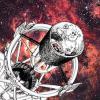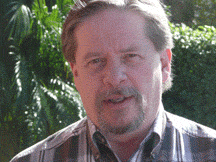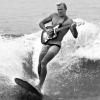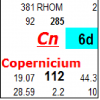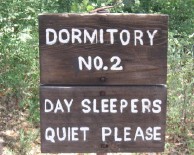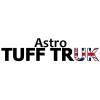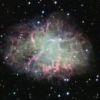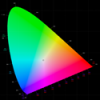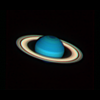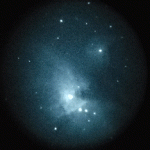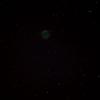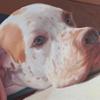Continued from above, I saw it last night from my usual observing site at Redstone Picnic Area on the North Shore Road of Lake Mead, Nevada. The transparency was poor and high, thin cirrus clouds kept drifting through. However, once in a while, there was a good hole.
I always do a test view before I bother with the Horsehead. I do a raw view, unfiltered to see if I can spot the Flame Nebula. If that's a go, then I'm pretty sure I can spot B-33 (the Horsehead). Sho' 'nuff, I put the H-Beta filter in. I didn't even bother trying a raw view. By the way, I also tried a raw view with the surrounding bright stars to see if the ones NOT associated with nebulae had nebulae. When they didn't, or had very small halos, I figured the transparency was "meh" so it was still worth a shot since I could see the flame.
Anyway, I put in the H-beta and my 102X EP and swept next to Zeta Orionis and looked for the wall of IC-434. I then followed it past the two stars. The "bottom" one, as I call it, sits at the edge of the wall. Just to the left of it, as I was looking at it, the wall should have a notch going down. At first, there was nothing but after sweeping the spot with averted vision, I could just make out a missing piece of the wall. It would blend in and disappear then come back. My friend Matt was nearby and wanted to check it out, so he came over and refocused and gave it a go. He got the same results. He's experienced enough to figure it out on his own, without coaching. He spotted the dark notch once in a while by sweeping with averted vision. There was not distinct shape. The notch was indistinct and almost round, but slightly misshapen.
Transparency and darkness are key to making it come out, no matter what aperture you're using. Last night it was 16-inch. However, I DID see it and this view wasn't unusual either.
The best I've seen it was Furnace Creek in Death Valley where I was able to see the neck and nose of the horse's head. That night I could even see it without a filter, though not with as much detail.











